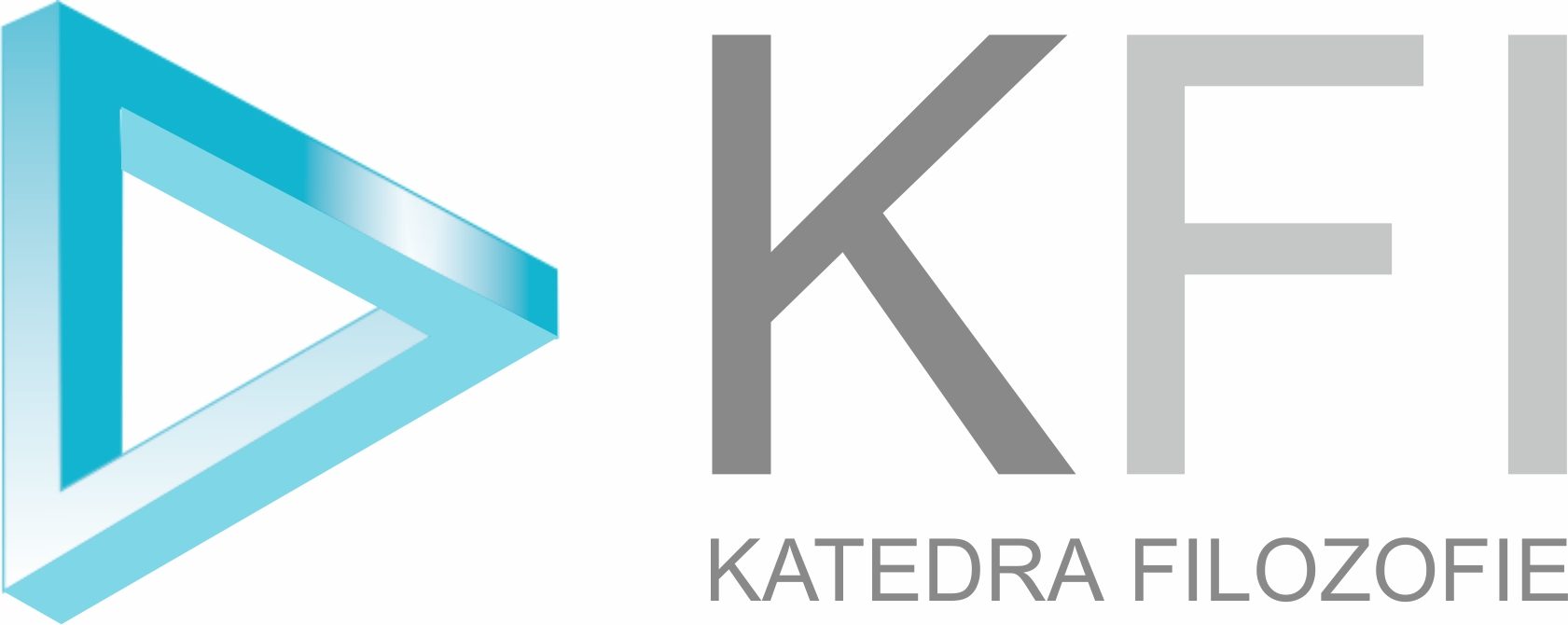On 25.9.2019, the third student scientific conference of Communication and Knowledge took place. Compared to previous years, which focused on modern issues of communication, knowledge and new technologies, emphasis was now placed on the issue of communication and knowledge in the 16th to 18th centuries and the conference was also expanded by an English block. Thanks to this, it became accessible to foreign guests and public, and thus gained the potential for its development in future years.
The conference was opened by the plenary lecture doc. PhDr Roman Dykasta, CSc. from the Institute of Art History of the ASCR. His contribution pointed out that Johann Kepler’s work had not only fundamental scientific value, but also an indispensable overlap into art. Of particular importance was the principle of harmony, which, according to him, guided and determined the analogy between the distance and movement of celestial bodies, the music of the spheres and the justification of why the compositions of some contemporary composers have such a strong affective impact on listeners.
After a short break, the historical block continued by Ing. Jan Zeman, Ph.D. z KFI FF UWB presented his paper entitled The activity of teacher Martin Jašek (1879 – 1945) in the Pilsen Enlightenment Association, in which he outlined the form of lectures on the calendar, on the telegraph, on comets, and on the basics of modern astronomical opinion, which the teacher M. Jašek lectured it in Pilsen before the 1st World War. Following, Mgr. Šárka Fleischmannová, from KFI FF UWB, dealt with the Renaissance period in her contribution to Philip Sidney and Central Europe – a contribution to the mapping of the intellectual and correspondence network. She presented the results of research concerning Andreas Dudith, his connection to Tadeáš Hájek from Hájek and Philip Sidney. She also emphasized the complexity of the Renaissance correspondence and intellectual network. The historical block was closed by MUDr. Tereza Kopecká, who is from the Institute of History of Medicine and Foreign Languages of the 1st Faculty of Medicine and the Institute of Medical Microbiology of the 2nd Faculty of Medicine and University Hospital in Motol. She pointed the illegitimate claim that had been present for 200 years and that the only primary reason for the invention of the stethoscope was to avoid contact between the doctor and the patient. The fundamental illegitimacy of this claim lies in the fact that its inventor René Laennec listed several other medical reasons for using this tool in his accompanying book.
In the afternoon block, Mgr. Zdeňka Špiclová, from KFI FF UWB, presented her paper entitled Reflections on Methodological Aspects of the Use of Digital Technologies in the Research of Biblical Texts, the DiRECT project, on which she is working together with Mgr. Vojtěch Kaš, Ph.D . She compared the distance reading and exegesis, and presented the advantages and disadvantages of their use for the analysis of biblical texts. At the same time, she presented the results of analyzes of selected gospels.
After a short break, the English section followed. It was opened by PhDr. Ivona Mišterová, Ph.D., from KAJ FF UWB, with her contribution “I hear he was a good egg. Scrambled, but good. ”: Shakespeare in the Digital World dealing with, among other things, alternations of Shakespeare’s work. It was followed by Ellie Papanikolaou, from KFI FF UWB, with the Particle theories and patronage networks in the 16th and 17th centuries English alchemical practice. What is more, Mgr. Naďa Hlaváčková, from KFI FF UWB, presented “The Space of the Body” by the Portuguese aesthetician José Gil and its application to various types of art, pointing out the dances, in which a person expands and changes the space of his existence through the movements of his body. The whole conference was subsequently closed by Mgr. Nicole Fišerová from KFI FF UWB with a reflection on the benefits and the possibility of creating a criterion of truth for science, in her contribution Goodman’s Criterion of Rightness in Feyerabend’s Alternative Theories.
